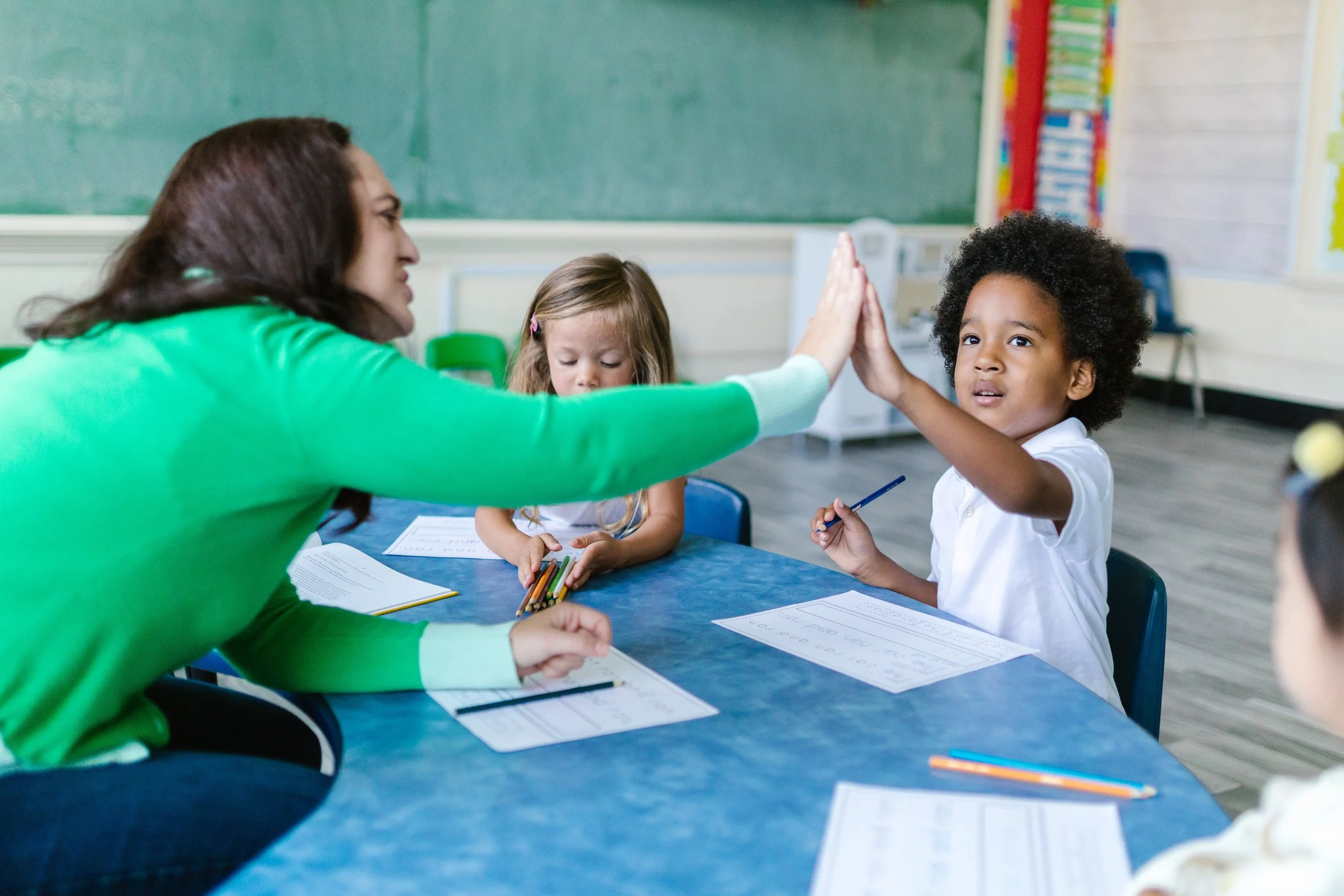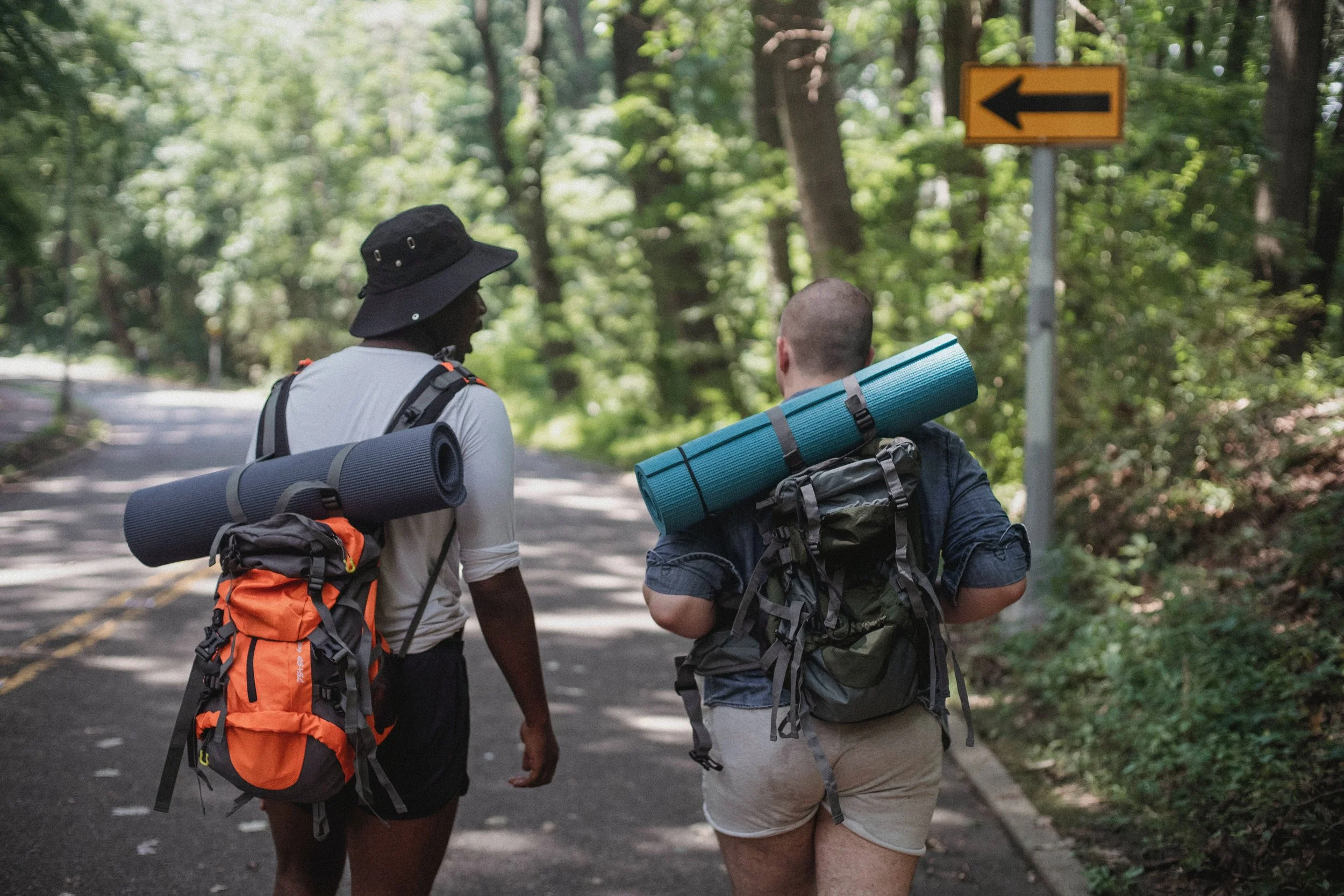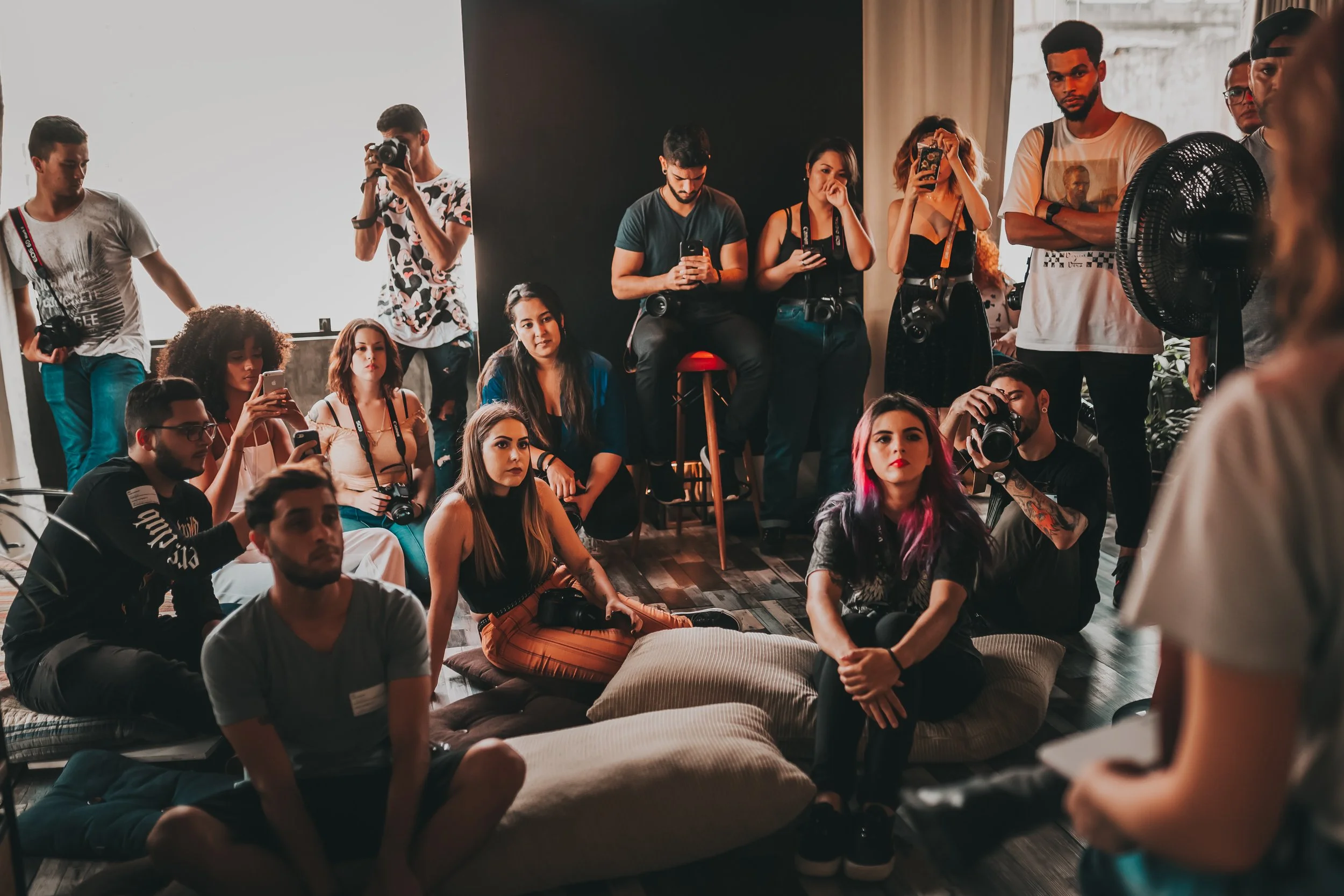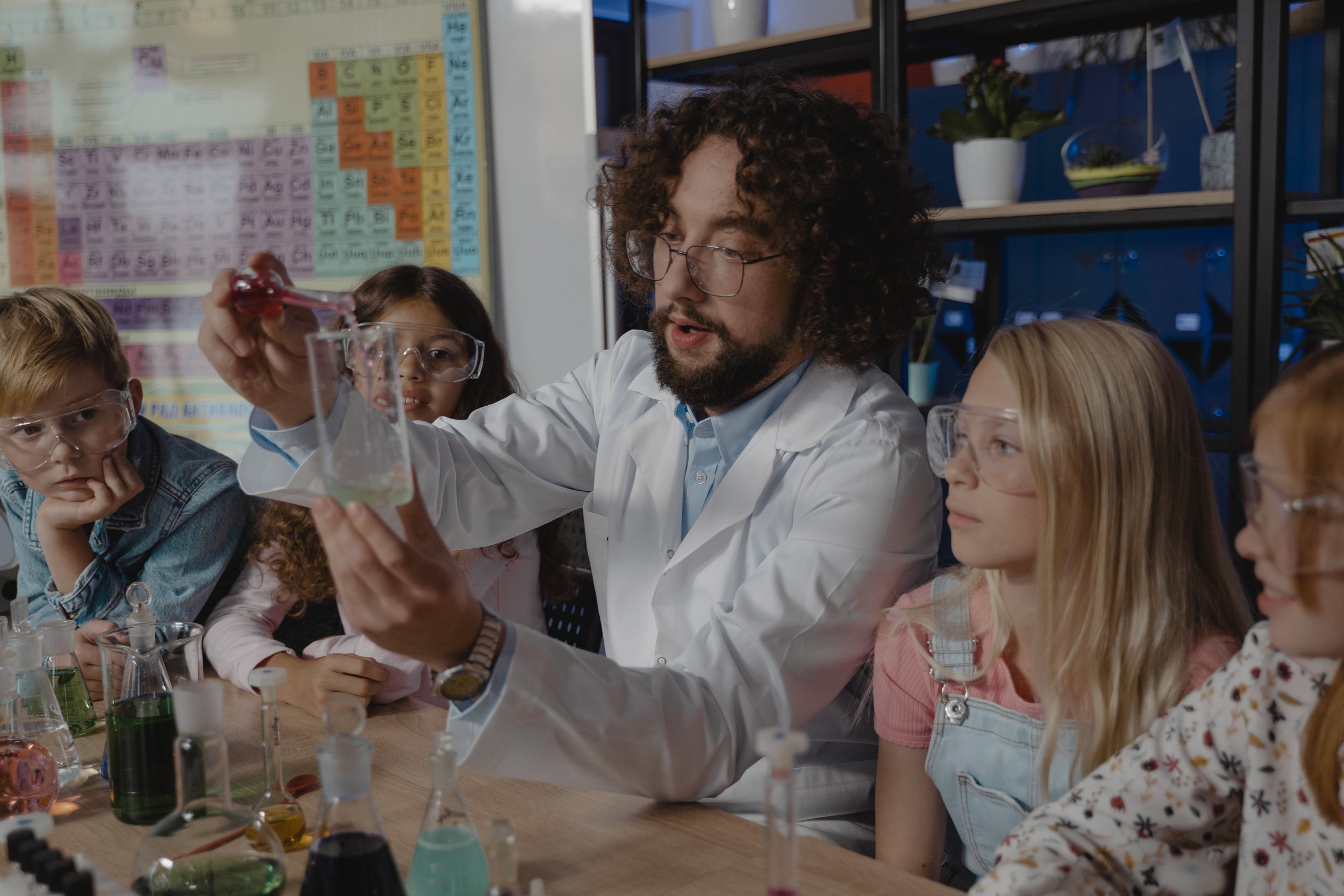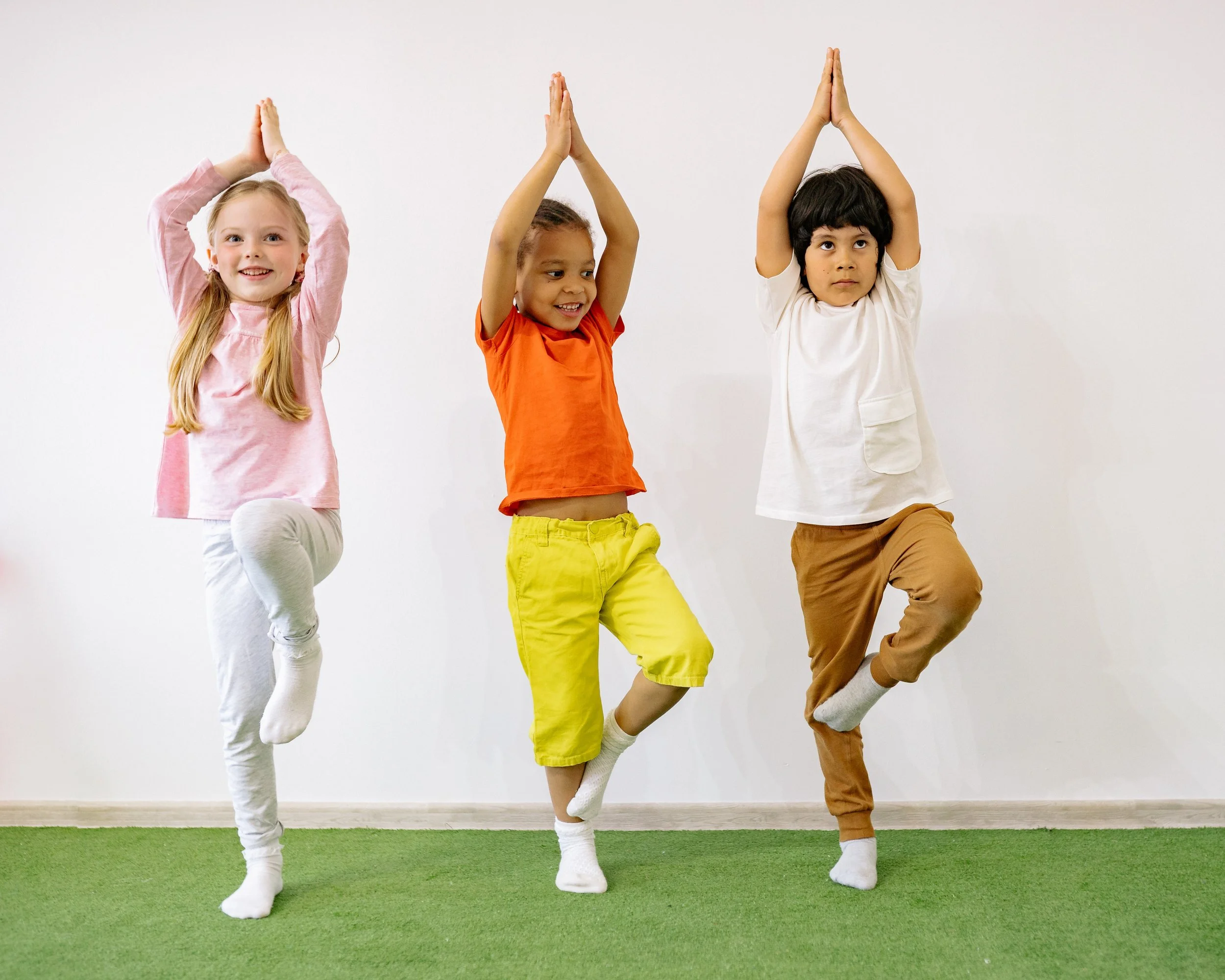Turning the ‘classroom’ into a ‘moveroom’: How teachers can use the power of movements to become agents of change and ignite student engagement
This blog is inspired and adapted from Seth Godin’s book ‘Tribes’.
Most students spend close to 15 years in a classroom! First in grade 1 to 12 (in school) and then in college. This is not just a significant amount of time, it’s the most crucial time when the human brain is developing. And so it’s sad to see how most students don’t really ‘engage’ while in class. They just rummage through their curriculum and get by. But what if to solve this problem, we could help teachers think of:
The academic year as an expedition or journey to change some aspect of the world
Every year, the class teacher could pick a problem that resonates with students. A problem that can change the status quo. Some examples could be
How to get our homes to be more energy efficient?
How to get our restaurants to become more healthy?
How to reduce the bias among different classes of people in our neighbourhoods?
Humans don’t engage merely to remind one another of the status quo. Instead we engage when we want something to improve. When we desire something to happen.
Students as a tribe bound by a common idea and shared interest
As humans, we need to belong. We need to contribute to (and take from) a group of like minded people. The time spent in class can be a perfect environment to cultivate this. A group needs only 2 things to transform into a tribe: a shared problem that’s converted into a passionate goal with milestones, and a way to communicate.
For example, how to get our homes to be more energy efficient can be further broken down into monthly milestones that include improving fuel efficiency in the cars we drive, reducing electricity consumption, reusing waste, etc. Communication can be enhanced by tagging milestones within digital tools like slack.
A tribe that communicates more quickly, with alacrity and emotion, is a tribe that thrives. A tighter tribe is one that is more likely to hear its teacher, and more likely still to coordinate action and ideas across members of the tribe.
Tribes aren't about studying. They are about connection. A motivated, connected tribe is far more powerful than a classroom could ever be. When in a tribe, students show up to school because they want to, not because they have to.
Subject knowledge as tools in a rucksack
Instead of studying subjects in isolation, they can be used as resources to solve the shared problem and milestones that have been identified. Further, assessments, projects and homework can be converted into quests that align to the different monthly milestones.
When students begin to feel that all the work they do (while learning the knowledge in the curriculum) is part of something that matters, they are more willing to engage with it.
Teacher as a leader and an agent of change
There’s a big difference between telling students what to do in class and inciting a movement for change. Great teachers don’t want the attention, but they use it to unite the tribe and reinforce its sense of purpose. Teachers have a chance to step up and use passion and ideas to lead students as opposed to using threats and bureaucracy to manage them. They have a chance to help students be part of a journey.
In a world filled with flux in which personal identities matter so much and in which information is so easily accessible and usable, leading through inspiration and motivation, and not through academic performance is the need of the hour.
Classroom as a ‘moveroom’
Classrooms can create vacuums - small pockets where stasis sets in, where nothing is happening. They can be isolated students with no motion. Teachers should figure out how to step into those vacuums and create motion. They could learn to generate movement - the sort of movement that can transform a classroom into a tribe.
Movement happens when students talk to one another, when ideas spread within the community, and most of all, when peer support leads students to take action on what they always knew was the right thing.
The way we get students to spend their time in class is really a lost opportunity to help them get ready for a world that’s changing so quickly and become so complex. Now more than ever we need to inject more soul into our classrooms so students can engage and learn by ‘leaning in’ vs ‘leaning back’. Students are seeking something bigger than themselves or the curriculum, and just waiting to be energised and transformed by an idea and shared interest. We need to transform the ‘classroom’ into a ‘moveroom’ so students don’t just learn together, but actually move the world together.


